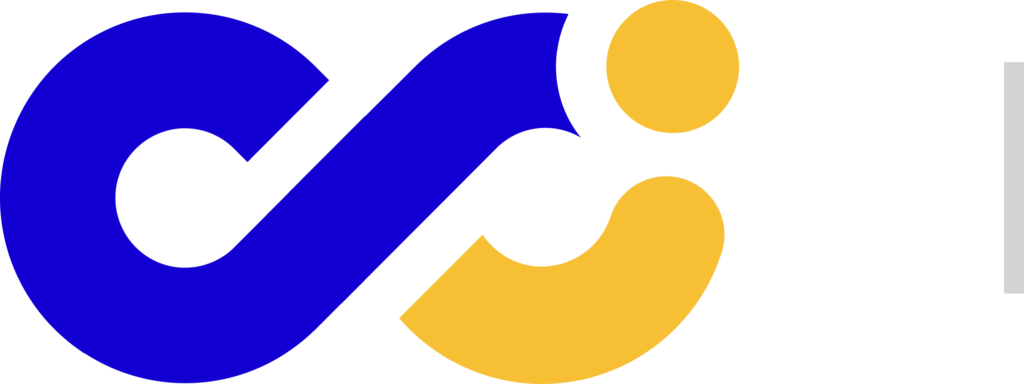The top 3 ways your workforce learns
Jaime Ramos
One of the biggest struggles companies face today is creating efficient internal strategies and finding external resources to promote continuous employee development. Training, upskilling and reskilling your workforce is an extremely important business strategy that keeps your team’s skills sharp and updated with market trends. That’s why it’s essential to understand how to create a learning and development strategy that fits with your company’s needs and goals. For your L&D strategy to grow effectively, it’s equally important to study how your team learns.
How is learning happening today?
Despite the continuous investment companies put into traditional curriculum building for their employees’ L&D programs, these learning strategies are beginning to become more inefficient with the rise in technology and the impact that has had in our social behavior patterns in the past decade. So how do employees truly learn?
- Through social learning strategies: Learning today happens organically through self-taught and independent habits or with close colleagues. The most efficient L&D teams don’t do much in terms of curriculum building, but instead offer opportunities for people within the organization to connect with each other and other resources, building an environment that fosters learning instead of the learning structure itself.
- By having access to workplace tools and other learning resources: Learning can happen from anywhere: apps, specific websites, professional networks, blogs, social networks, your organization’s in-house tools, amongst others. Despite some tools being more efficient than others, today’s student wants to have the option to learn more different resources and have these tools integrated into their daily work routine.
- By shifting from learning to skilling: A powerful driver for workforce development is the motivation employees have to learn for their own personal growth. To foster this, organizations should shift from a learning mindset to a skilling one.
What’s the difference between learning and skilling?
Learning: is about information transfer and retention, not necessarily application and impact. If knowledge is transferred, learning is happening, even if it doesn’t solve any particular problem.
Skilling: is the transfer of knowledge with an intent to bring impact through behaviors and actions on the job. When people are able to apply knowledge to address specific issues, they are using their skills.
According to the 2021 Degreed survey “How the Workforce Learns”, 61% of employees want to align learning to their skills gap. This means that L&D teams should be offering resources that assess their employee’s skills deficit.
In order to give their workforce a better understanding of what skills they need to build to fill important roles and reach their own personal and professional goals.
The future of learning is here.
Learning isn’t a one-size-fits all experience. Creating value, building skills and promoting intellectual capital within your company to remain competitive in the market is a big task to tackle.
Remember to take into account when, where, how and what your employees are learning. Keep your learning strategies highly personalized and supported by data that can help reinforce whether you’re on the right track.
Skills are now a top priority for CEO’s and business leaders, so now is the time for your L&D team to take this opportunity to transform your organization and implement the right learning strategies that will drive your business forward.

